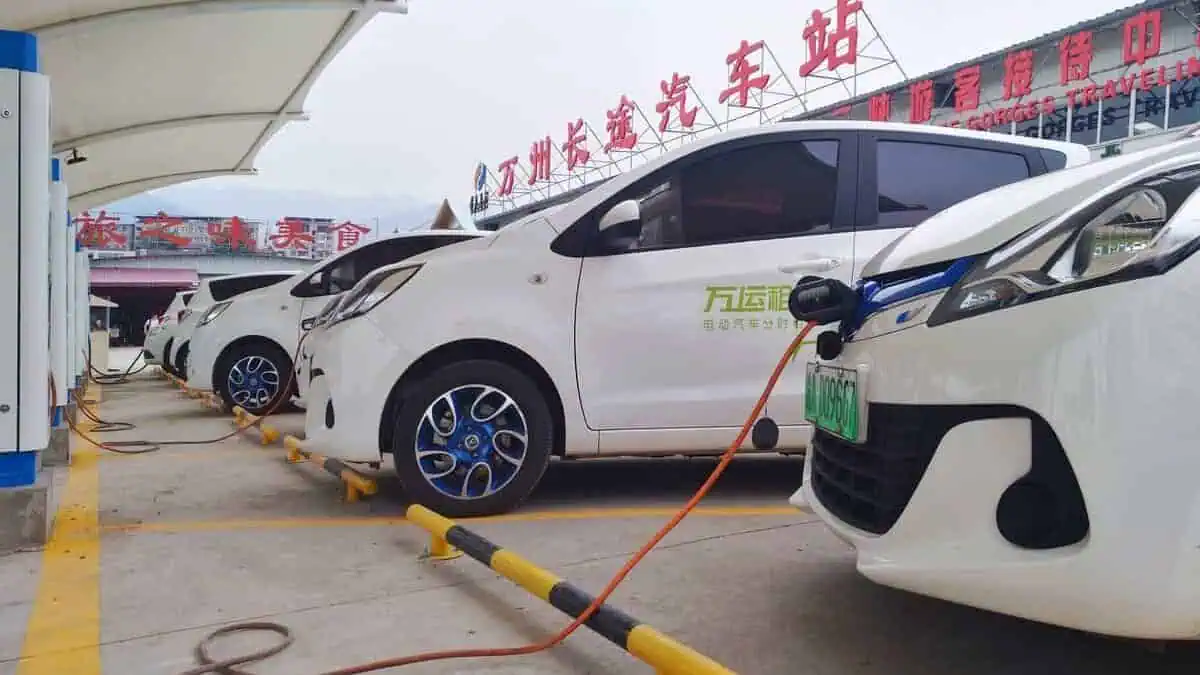A bidirectional electric vehicle charger can earn up to $15,000 over ten years, as per Green Car Reports. Moreover, tech firm Fermata Energy predicts that each installed bidirectional EV charger can pay for itself within three years.
Who would have thought that one could earn through a V2G charger?
Melissa Chan, Fermata Energy’s Director of Grid Solutions and Strategic Partnerships, said that vehicle-to-grid (V2G) operation chargers potentially allow the user to earn money despite having the exact upfront cost of conventional chargers. The installation of chargers for V2G operation permits electric vehicles to return energy to the grid.
Conventional unidirectional charger vs. Bidirectional EV charger
As per Fermata, a conventional unidirectional charger would have a maintenance cost of approximately $30,000 during its anticipated 10-year lifespan. A bidirectional EV charger, on the other hand, can help small fleets and residential users benefit by lowering their driving and energy costs.
Fermata and Revel partnered on a V2G pilot program
For the public to see the beauty of V2G, Fermata took part in a V2G pilot program. It partnered with a company that operates scooter, moped, and ride-share services in New York City – Revel.
In the V2G pilot program, Revel, for its ride-share service, uses a fleet of EVs and installs in their maintenance and repair facility located at New York’s Brooklyn borough Fermata’s bidirectional chargers.
Nisan Leaf’s V2G capability
With three Nissan Leaf hatchbacks and three bidirectional EV chargers, the chargers can back the grid up to 45 kW of power. Fermata mentioned that such technology could provide up to 3 megawatt-hours of energy per month by discharging it Monday to Friday during afternoons and evenings.
Additionally, Revel could earn money from the project. With an agreement with Con Edison, a local utility, starting from 2 pm to 6 pm, the Nissan Leaf hatchbacks discharge energy from their battery packs back into the grid. It is an additional advantage that the project is done on summer weekdays with heightened energy demand.
V2G tech uptake
Recently, some advancements in V2G viability have been made. Even though the V2G technology is not yet widely applicable, the project was able to show its charms to fleet operators.
Compared to Fermata and Revel’s successful agreement with Con Edison, things could be different with other local utilities. Individual V2G users may opt to bargain differently with each utility.
When talking about applying such chargers, Nissan is one step ahead. Earlier in 2022, the automaker officially approved United States‘ first bidirectional charger for the Leaf – Fermata’s charger. California has also seen the beauty of V2G and is considering such charging technology for grid stability.
While it is true that numerous EV companies will opt for bidirectional charging in the future, Tesla is not one of them. It was rumored last 2020 that Tesla might install V2G capability into the Model Y, but we all know that is not true.






